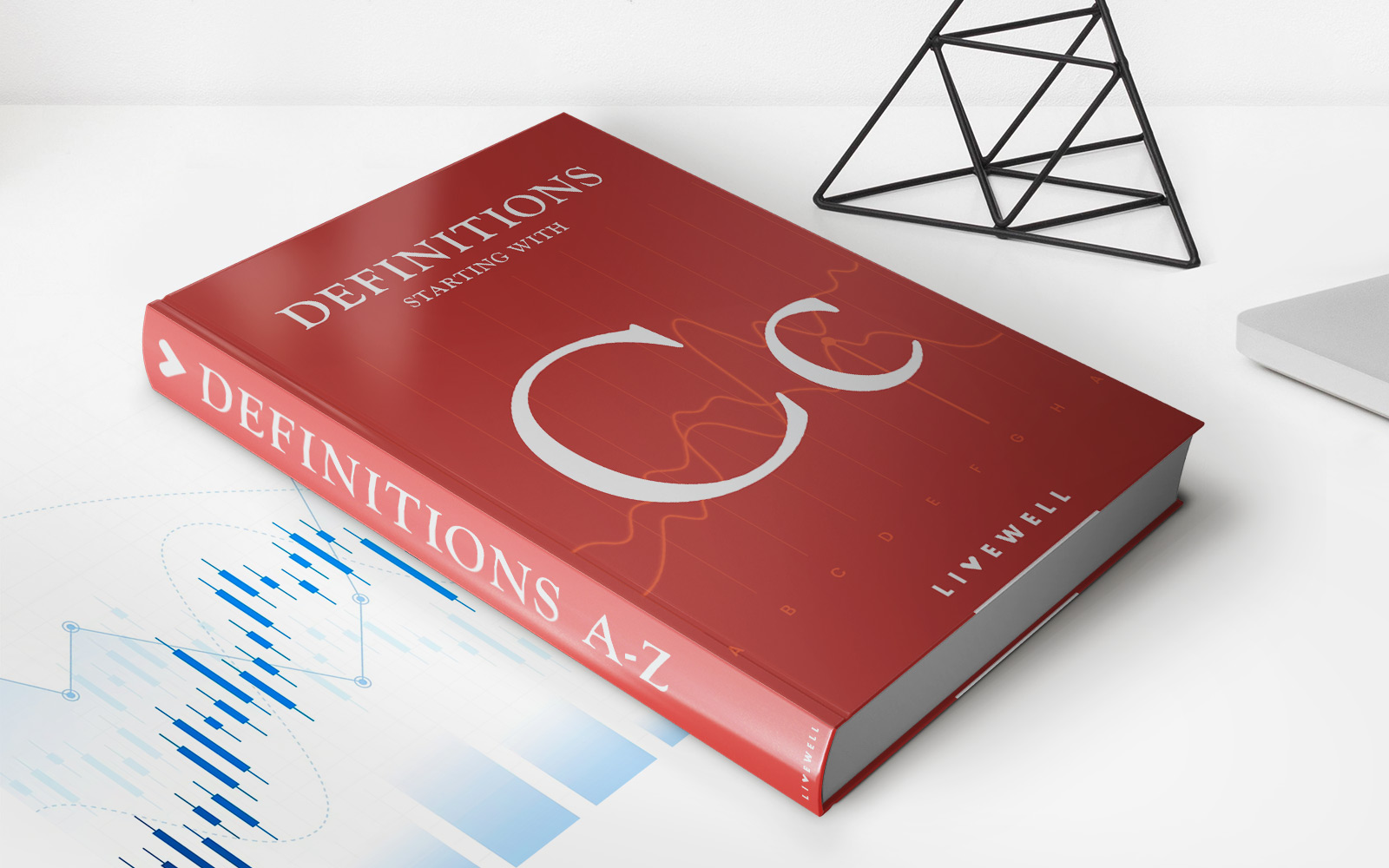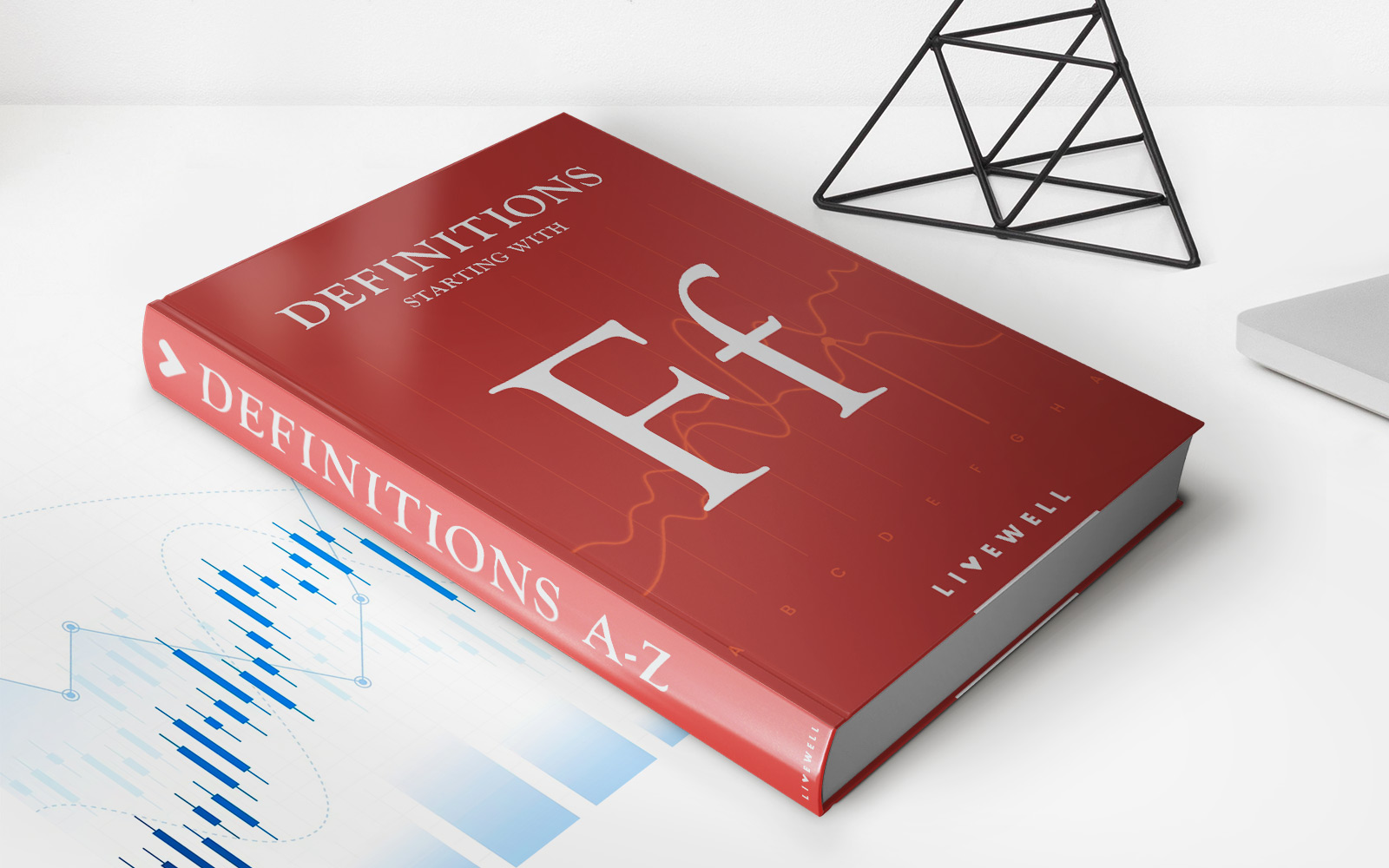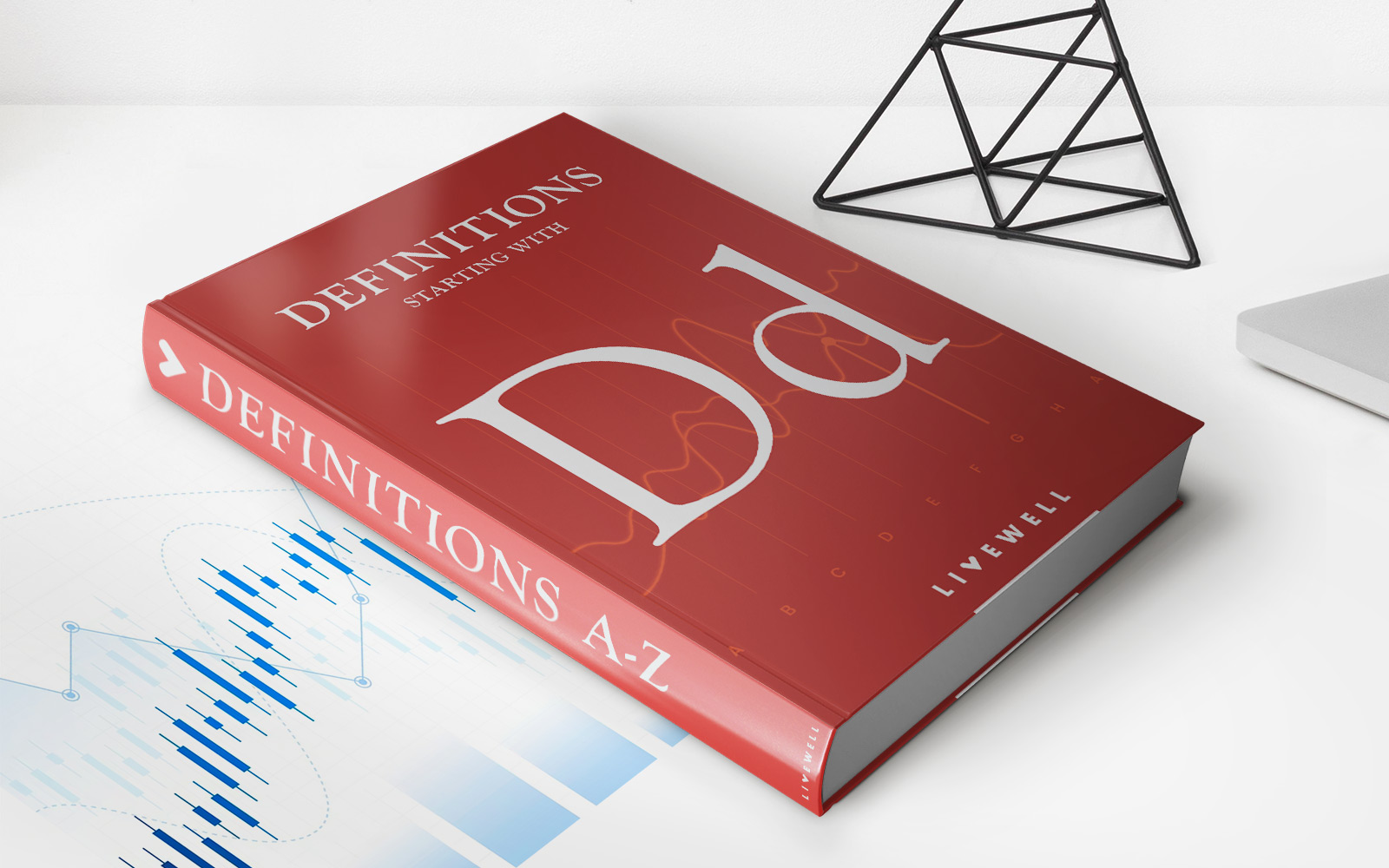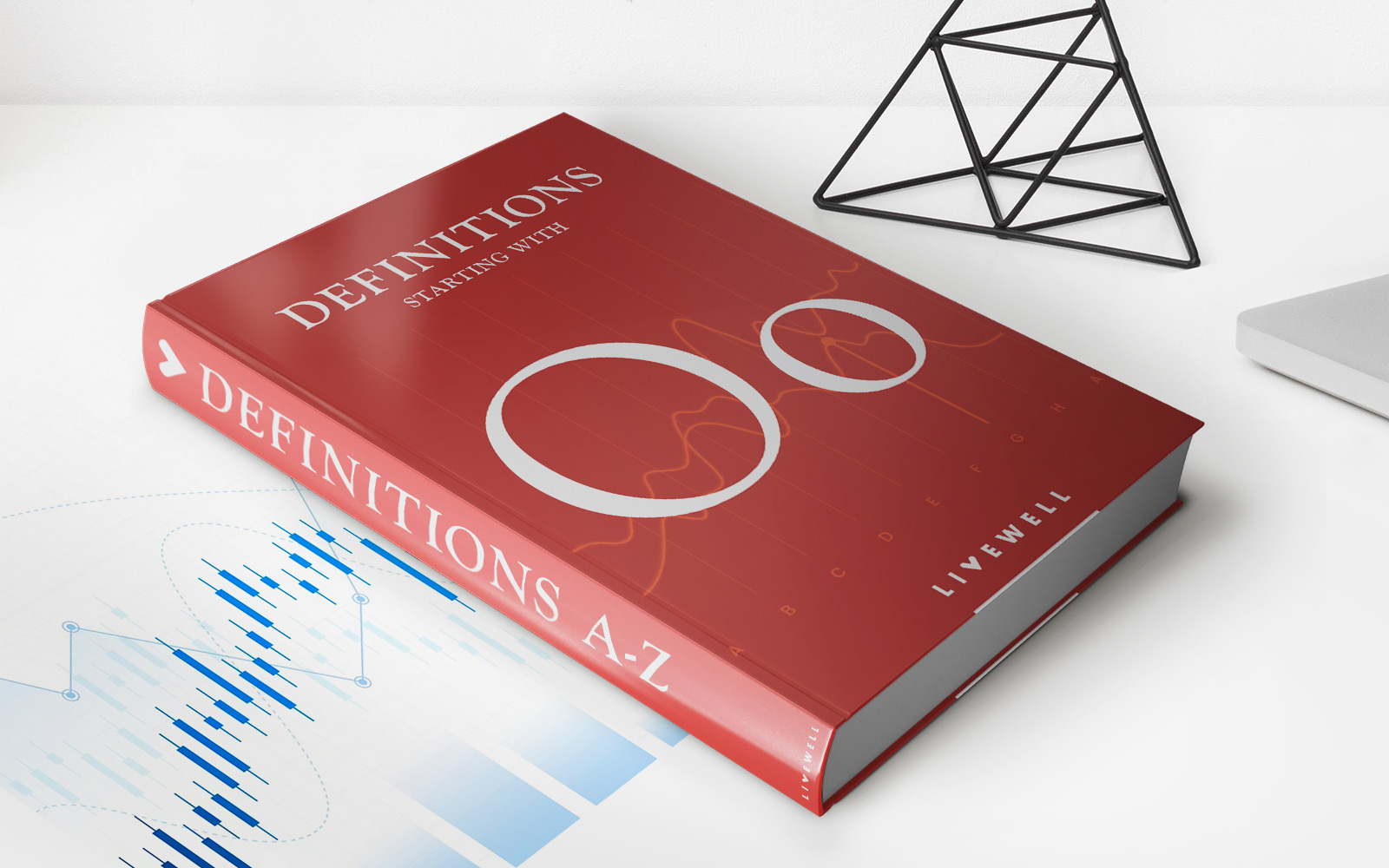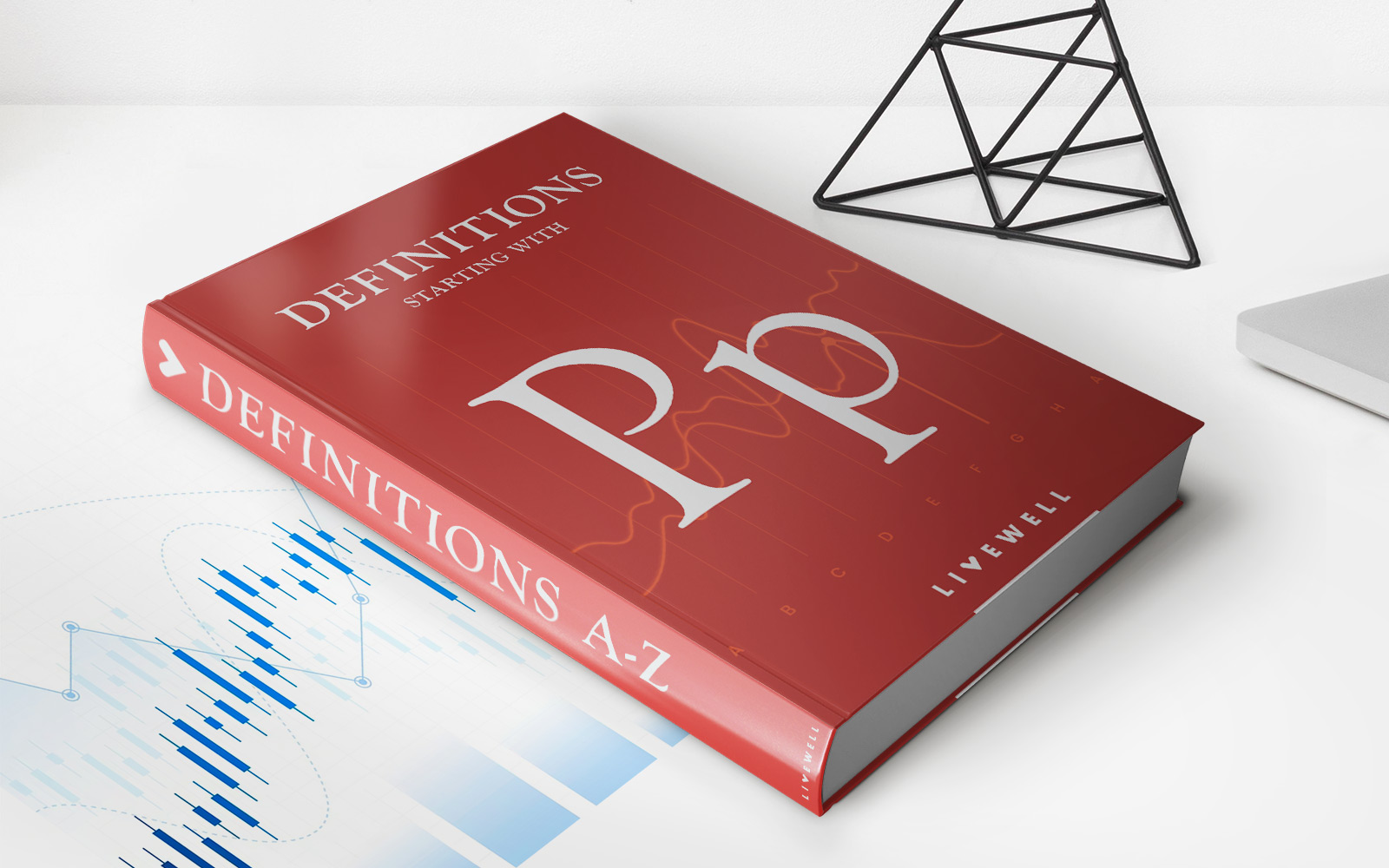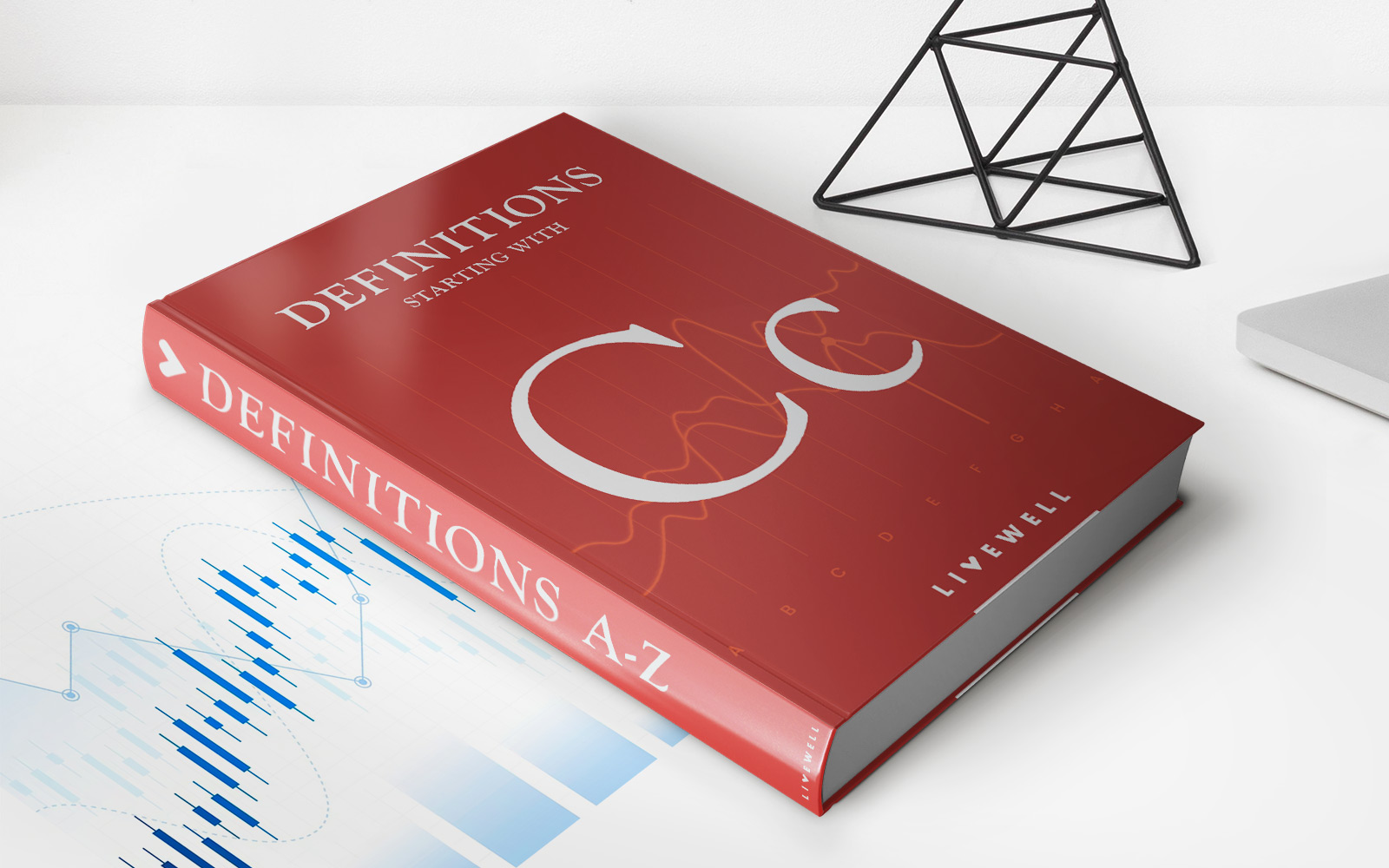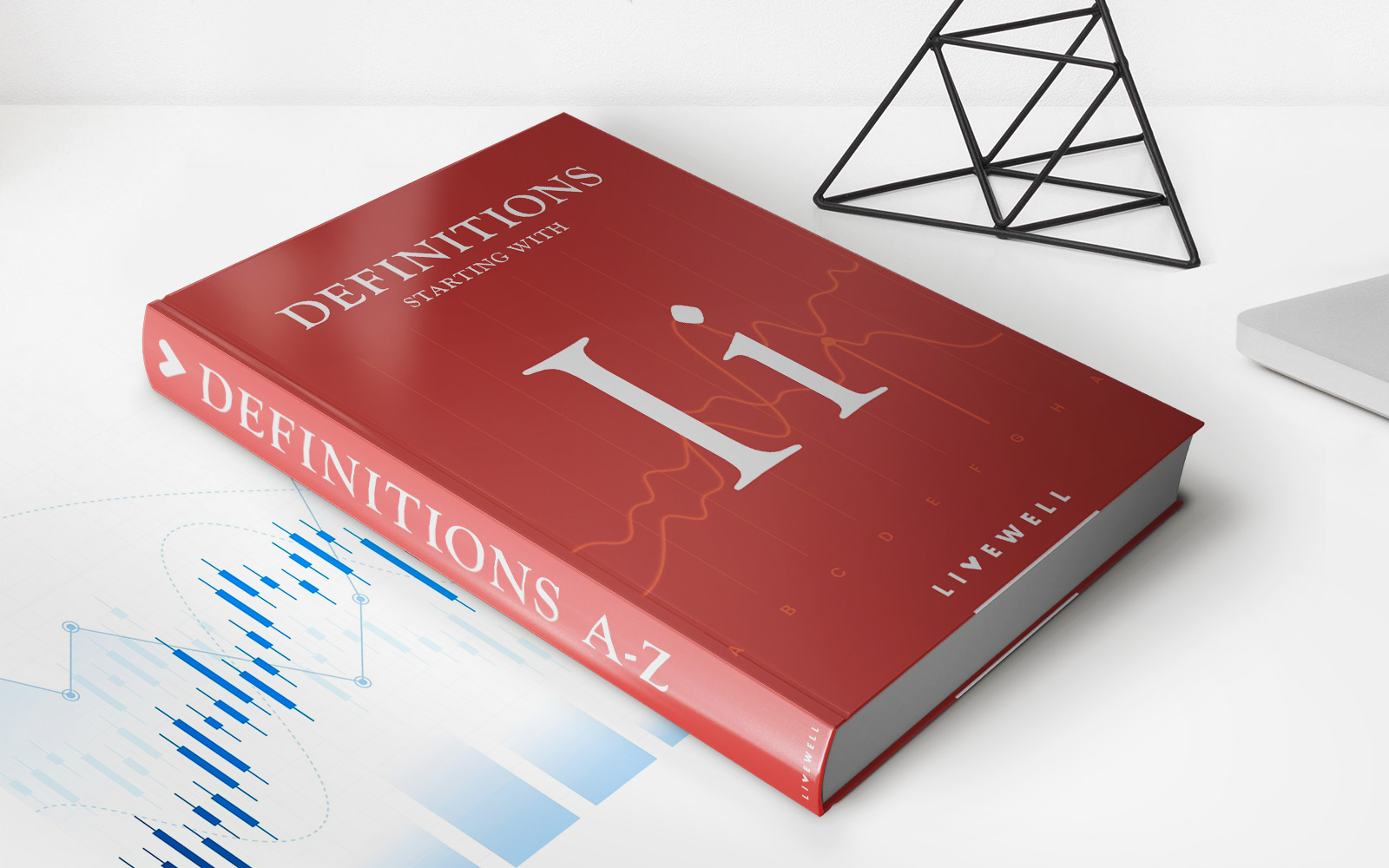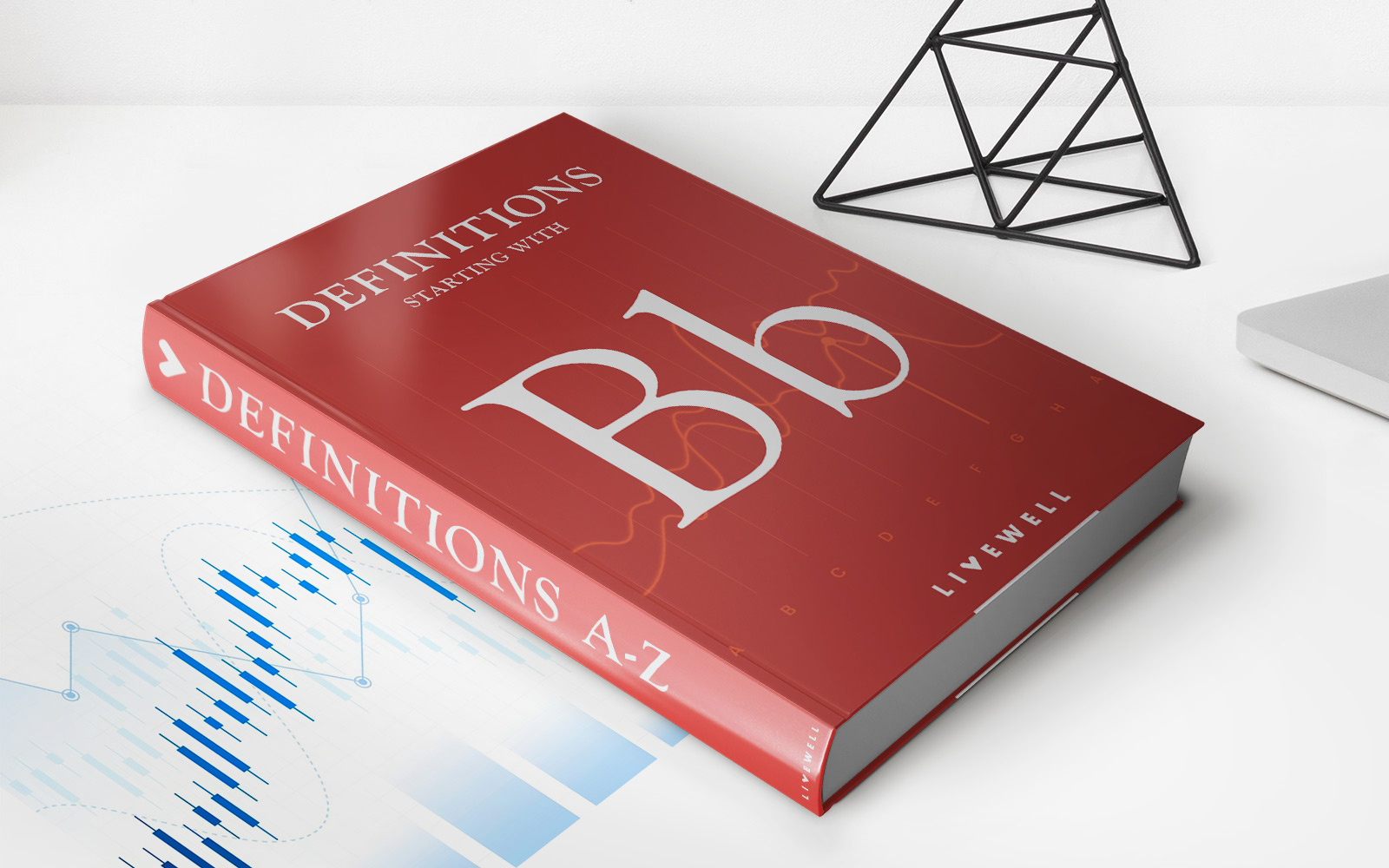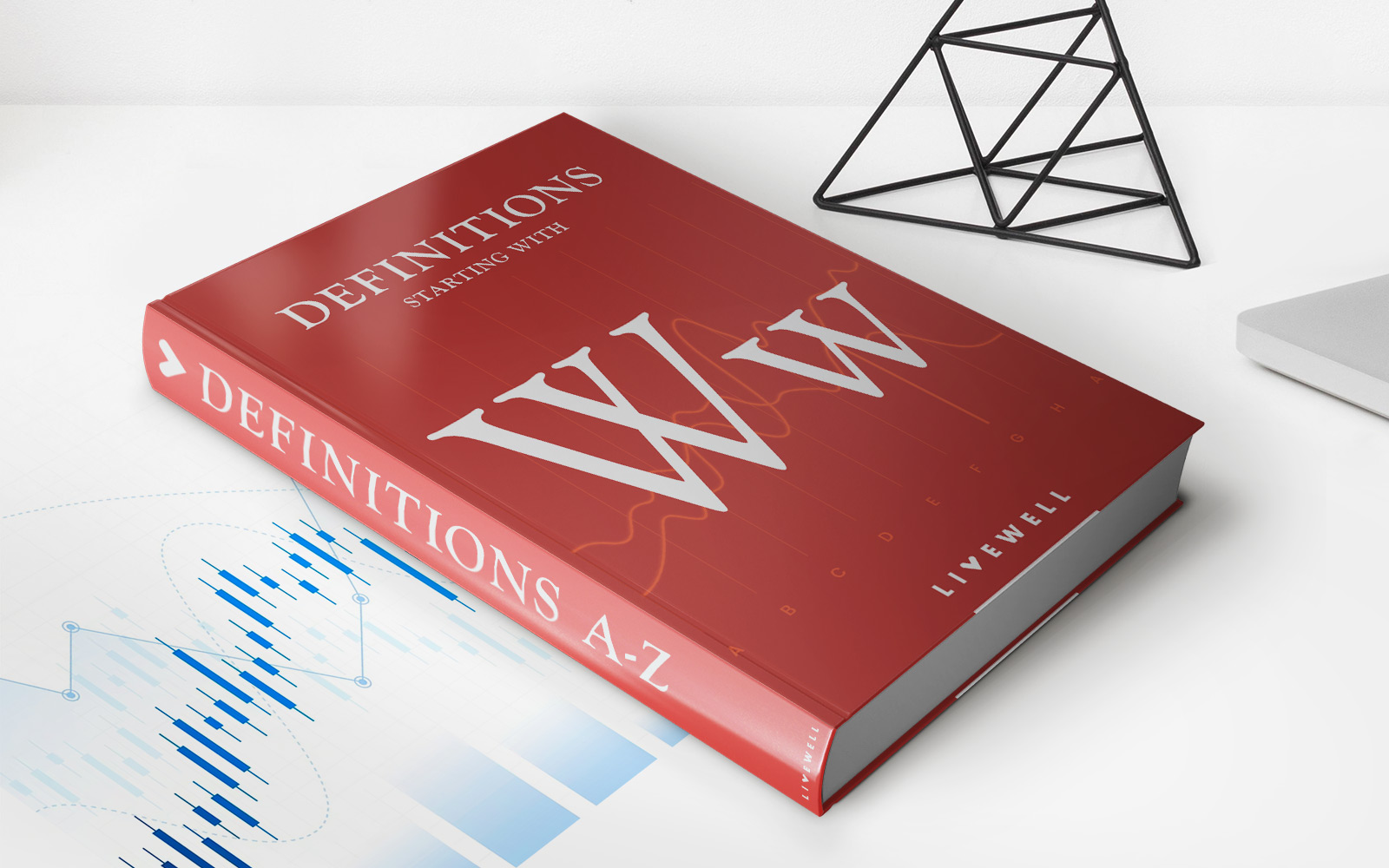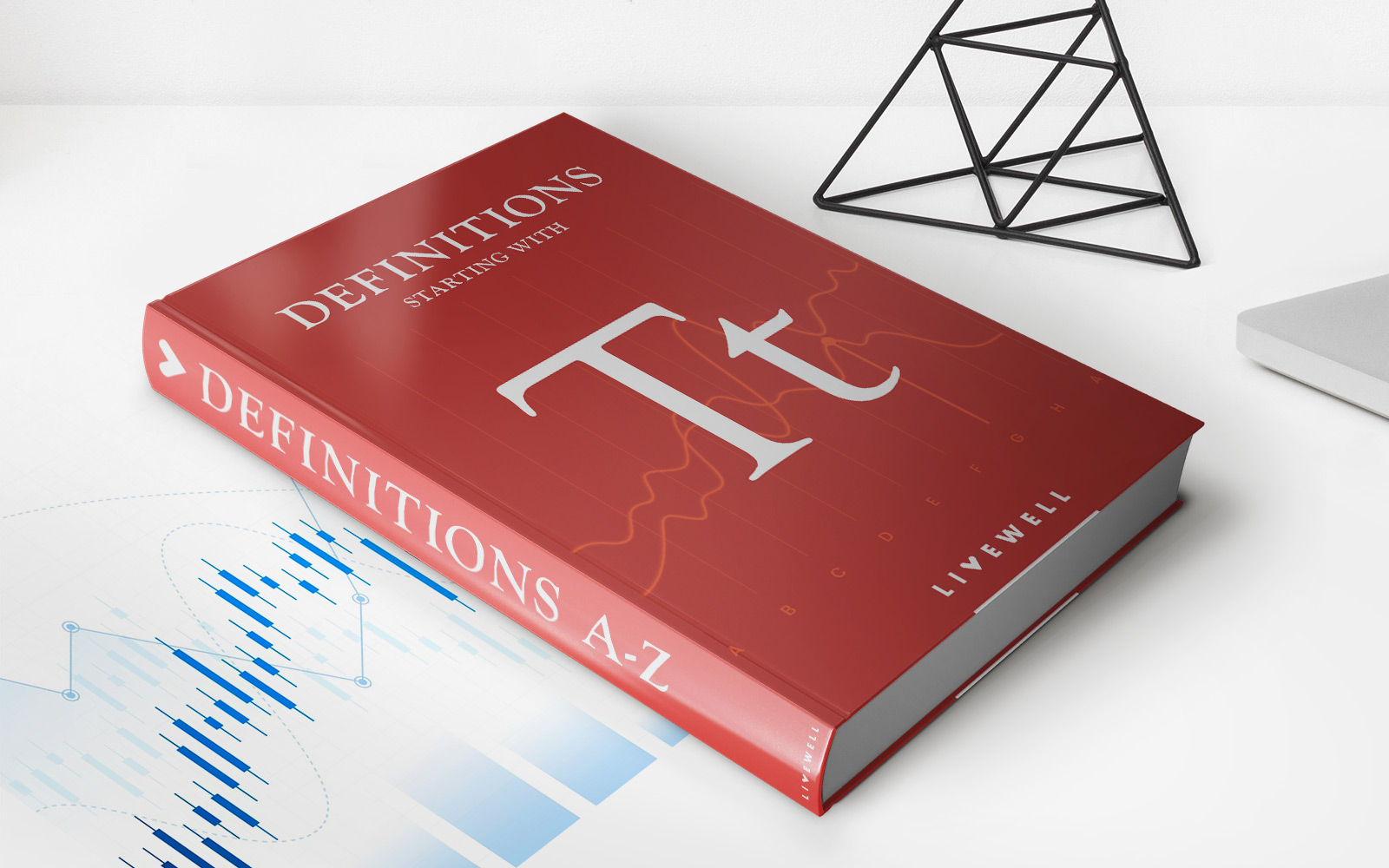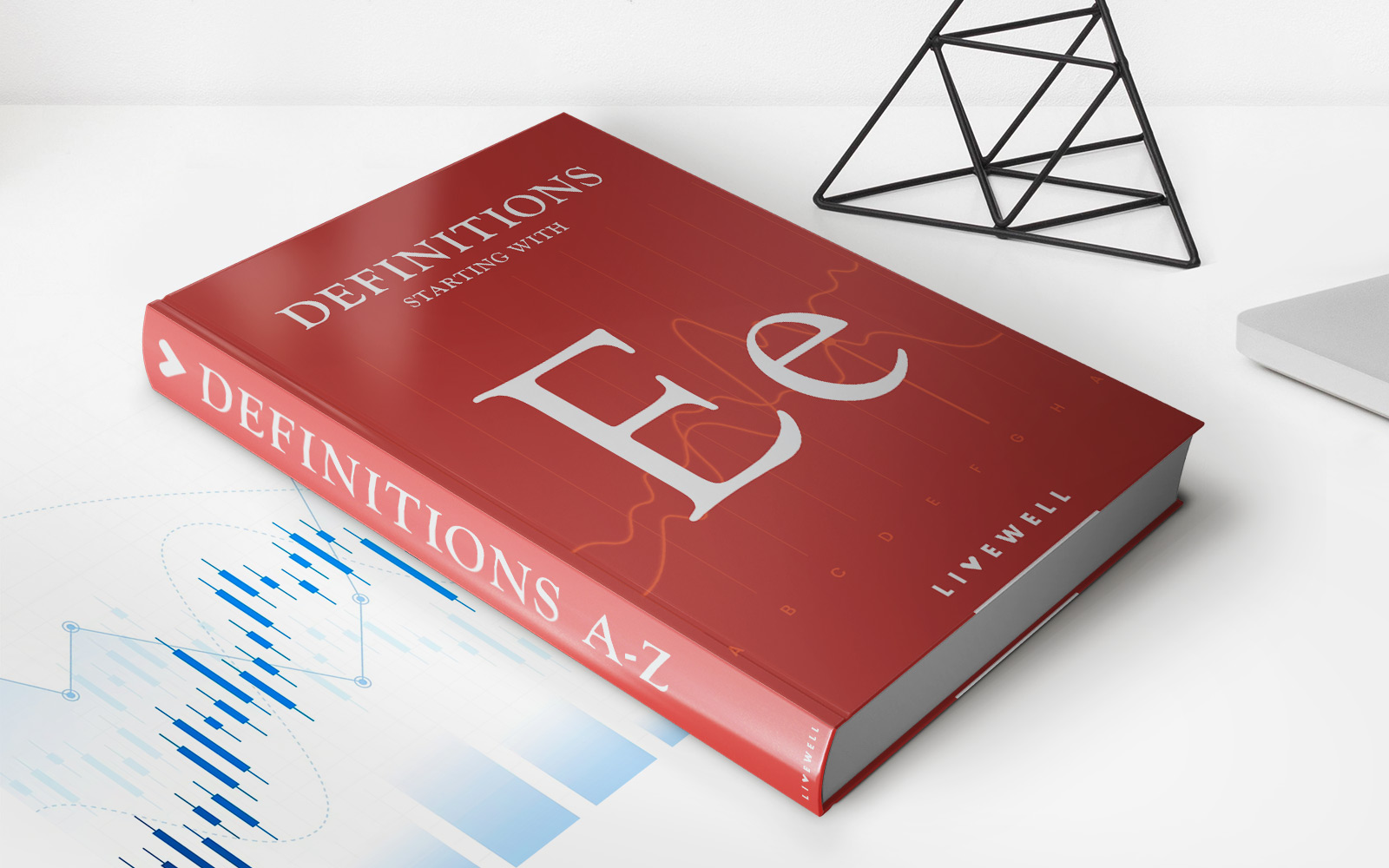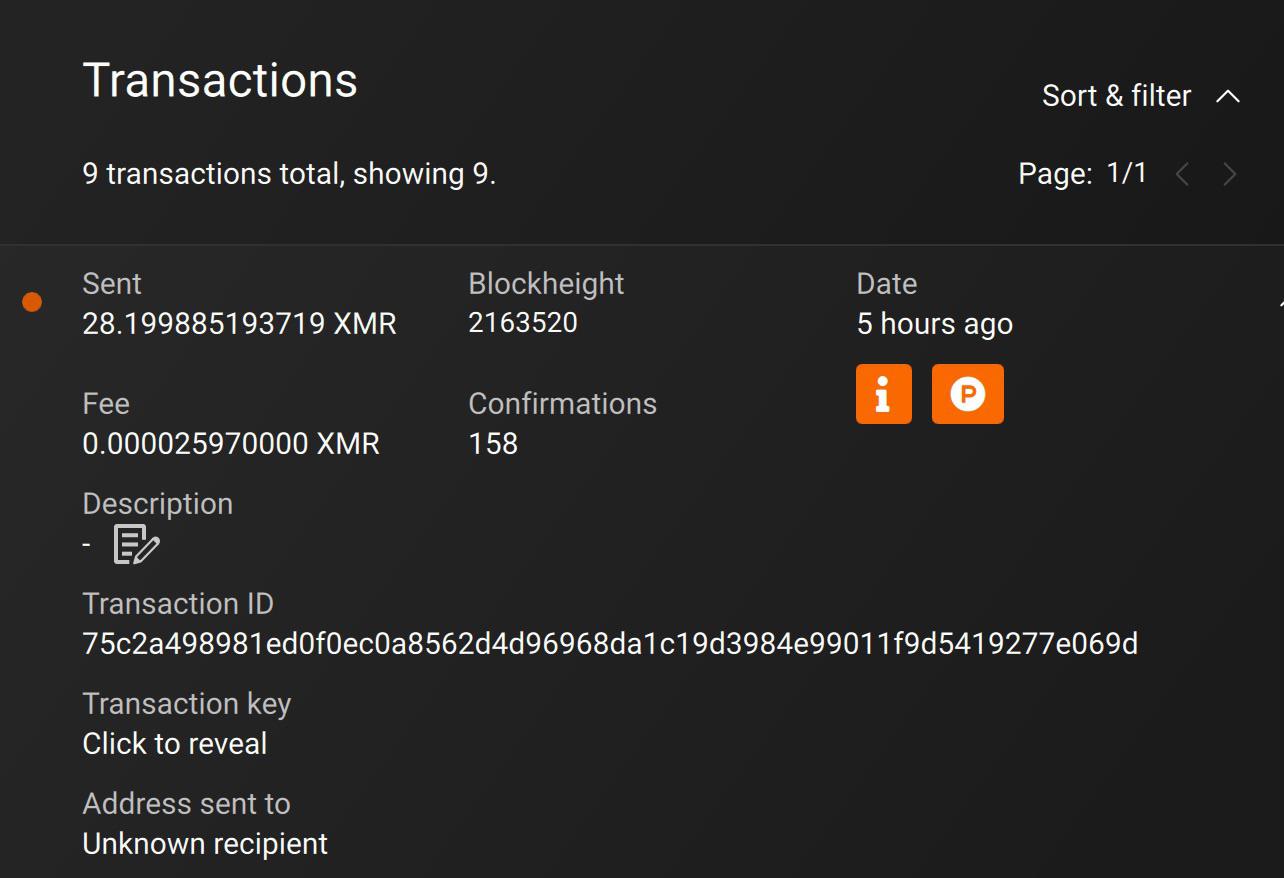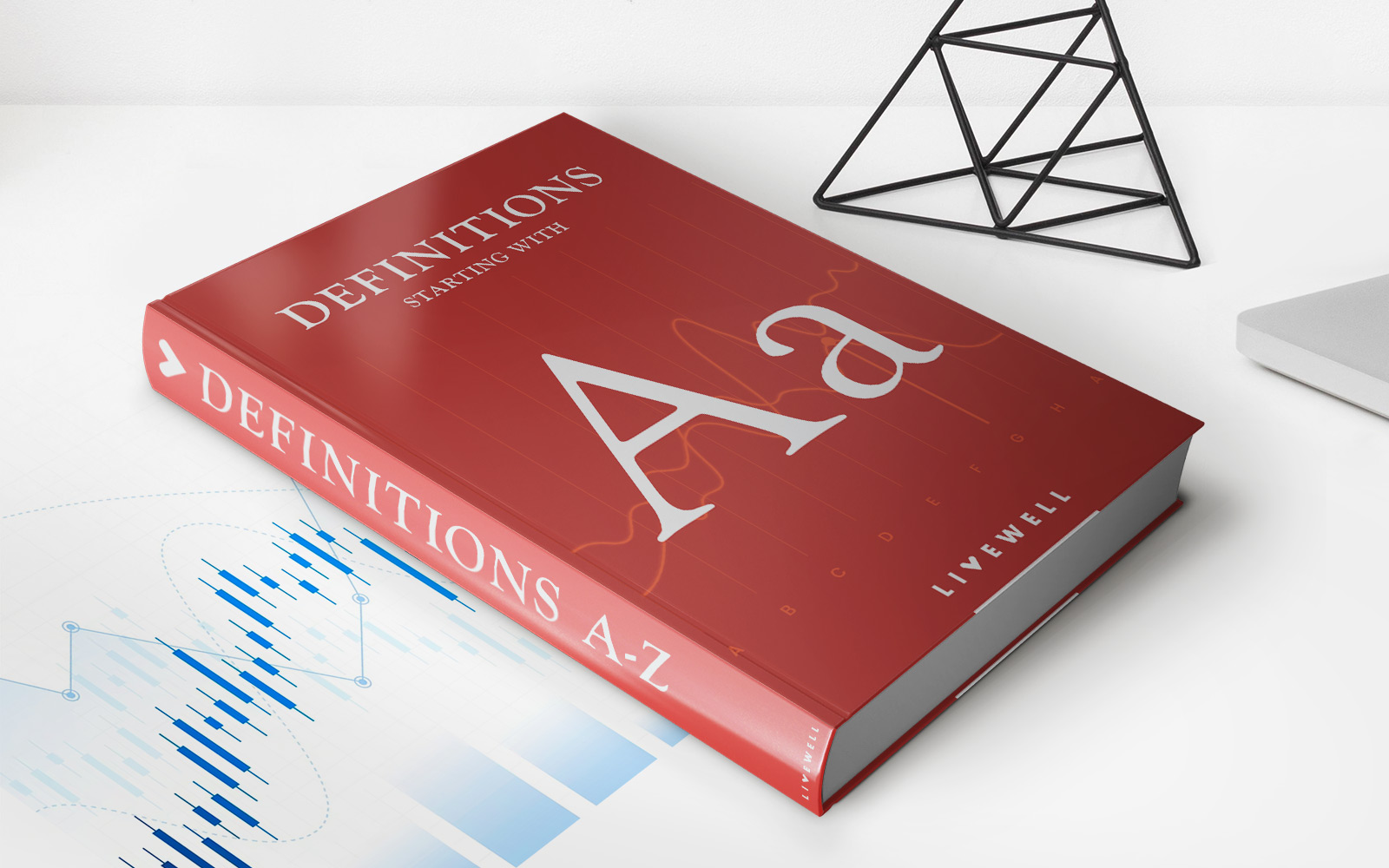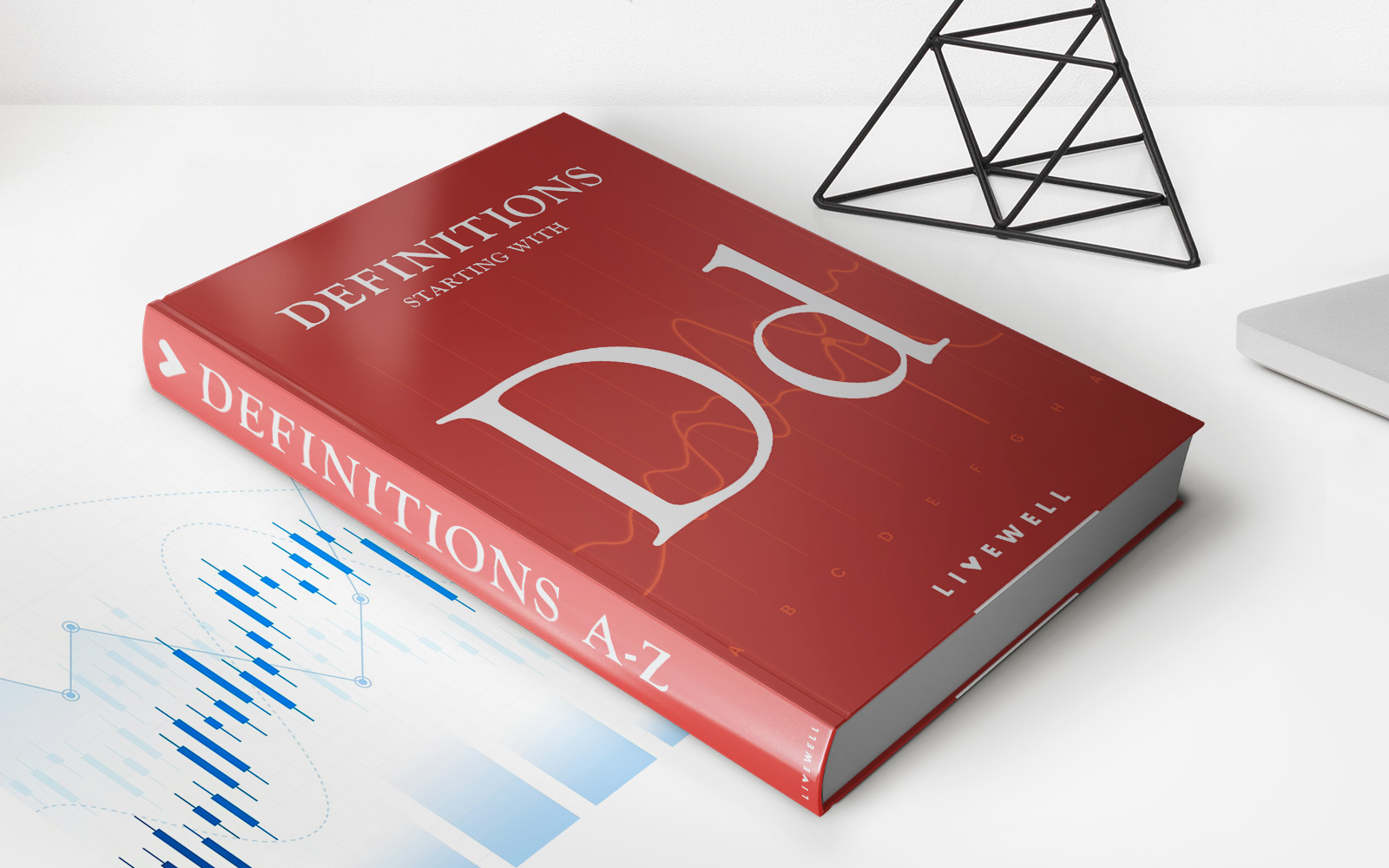Home>Finance>Trade Definition In Finance: Benefits And How It Works

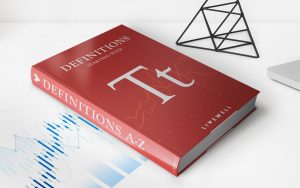
Finance
Trade Definition In Finance: Benefits And How It Works
Published: February 9, 2024
Learn the benefits of trade in finance and how it works. Expand your knowledge in the world of finance and discover the opportunities it presents.
(Many of the links in this article redirect to a specific reviewed product. Your purchase of these products through affiliate links helps to generate commission for LiveWell, at no extra cost. Learn more)
Trade Definition in Finance: Benefits and How It Works
Welcome to our finance blog, where we cover various aspects of the financial world. In this post, we will explore the concept of trade definition in finance, its benefits, and how it works. If you’ve ever wondered about the ins and outs of trade definition and how it impacts the financial industry, you’re in the right place.
Key Takeaways:
- Trade definition is a fundamental concept in finance that refers to the process of defining and classifying different types of financial transactions.
- Trade definition plays a crucial role in ensuring accurate reporting, compliance with regulations, and effective risk management.
What is Trade Definition?
In simple terms, trade definition in finance involves the categorization and classification of various financial transactions. It is a way to organize and label different types of trades, such as stocks, bonds, options, commodities, and derivatives, for easier analysis and management.
When it comes to trade definition, accuracy is of utmost importance. Properly classifying trades helps in maintaining transparency and accountability in the financial markets. It provides a standardized way to identify, track, and report on different types of financial instruments.
The Benefits of Trade Definition in Finance
Now that we understand the concept of trade definition, let’s explore the benefits it offers:
- Accurate Reporting: Trade definition ensures that financial transactions are correctly recorded and reported, enabling accurate financial analysis and decision-making. This is especially important for regulatory compliance and financial audits.
- Effective Risk Management: By properly classifying and categorizing trades, financial institutions can assess and manage risks more effectively. Trade definition helps identify potential risks associated with different financial instruments and allows for appropriate risk mitigation strategies to be implemented.
In addition to these key benefits, trade definition also enables:
- Efficient portfolio management and analysis.
- Better understanding and comparison of financial products.
- Improved regulatory compliance.
- Enhanced market transparency.
How Trade Definition Works
Trade definition involves a systematic process that starts with the identification of different financial instruments and their specific characteristics. Here are the key steps involved in trade definition:
- Identification: Each financial instrument is identified and assigned a unique trade identifier to ensure traceability.
- Categorization: Trades are categorized into various asset classes, such as equities, fixed income, commodities, and derivatives, based on their nature and characteristics.
- Classification: Trades are further classified into sub-categories within each asset class, allowing for more detailed analysis and management.
- Standardization: Trade definition involves the use of industry-accepted standards and codes to ensure consistency and compatibility across different platforms and systems.
Trade definition is an ongoing process, as new financial instruments are introduced, and existing ones evolve. It requires collaboration between financial institutions, regulatory bodies, and market participants to ensure a unified approach to trade classification and reporting.
In Conclusion
Trade definition plays a crucial role in the finance industry by providing a structured and standardized way to categorize and classify financial transactions. It offers numerous benefits, including accurate reporting and effective risk management. By understanding how trade definition works, financial institutions can make more informed decisions and navigate the complex world of finance with greater confidence.
